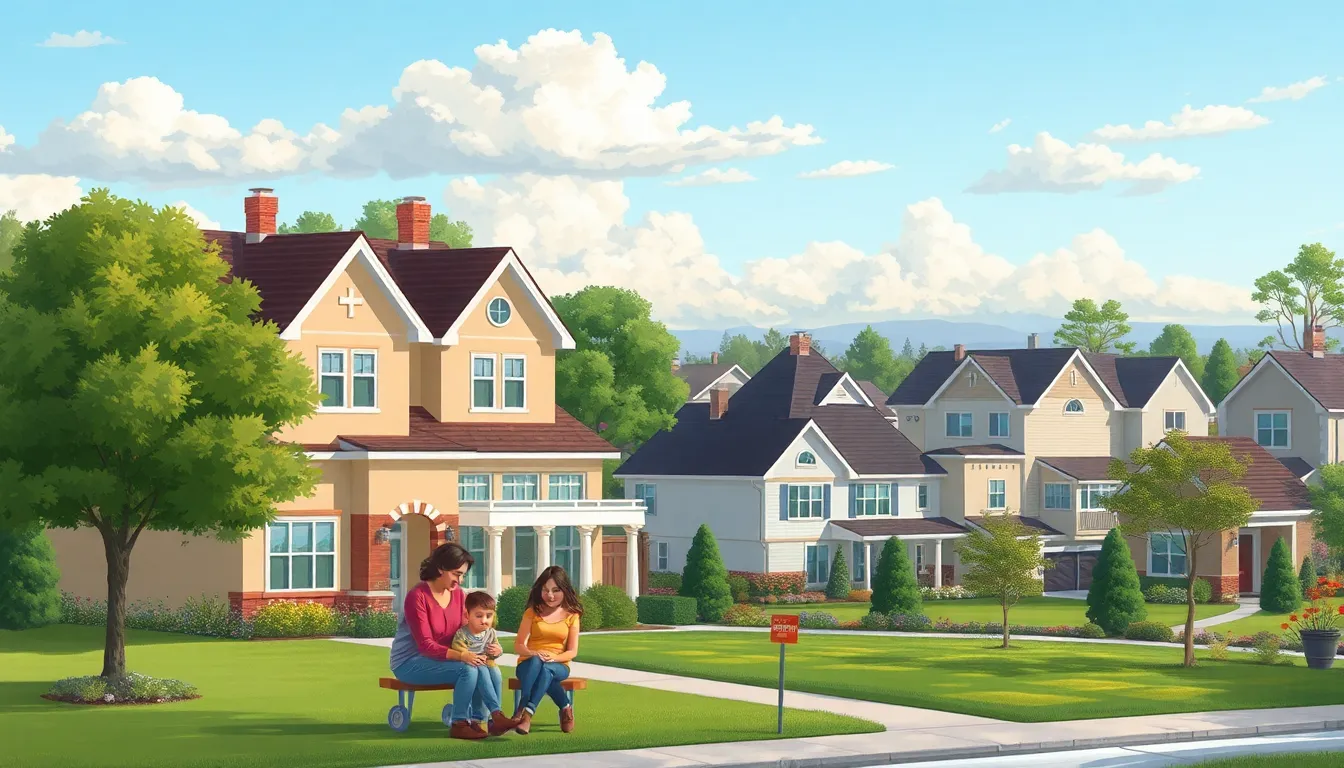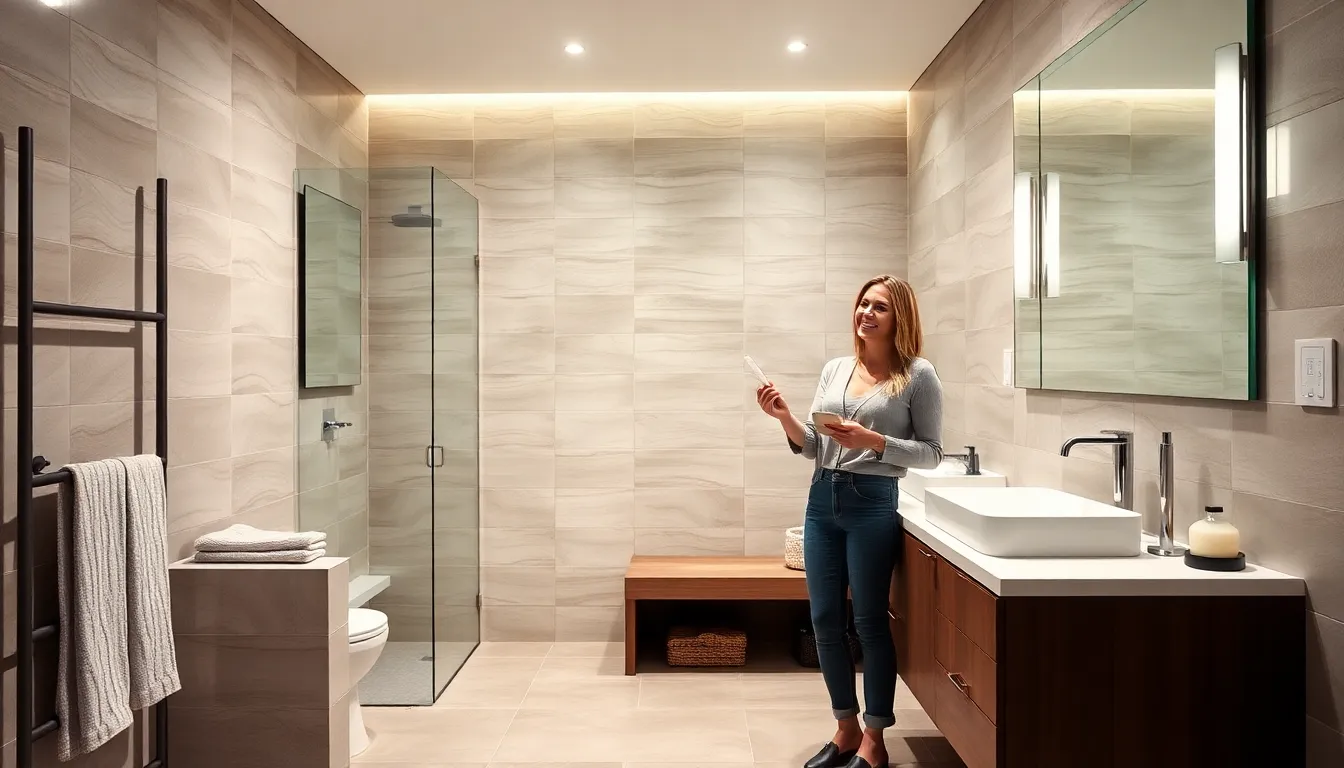Home insurance isn’t exactly the life of the party, but it’s about to get a makeover that might just make it the cool kid on the block. With recent changes shaking up the industry, homeowners are in for a wild ride. From new coverage options to potential savings, these updates could make insurance feel less like a necessary evil and more like a smart investment.
Imagine your home insurance policy strutting in with a fresh new look, ready to tackle the unexpected. Whether it’s natural disasters or the occasional squirrel invasion, these changes aim to keep homeowners covered without breaking the bank. So buckle up and get ready to explore the exciting twists and turns of home insurance changes that could leave both your wallet and your peace of mind feeling a little lighter.
Table of Contents
ToggleOverview of Home Insurance Changes
Home insurance is undergoing significant changes, making it more attractive to homeowners. New coverage options emerge, targeting specific needs that previously went unaddressed. Homeowners will notice enhancements designed to provide stronger protection against potential hazards.
Insurance providers introduce flexible policies, allowing customization based on individual circumstances. Significant savings become possible with these new offerings, transforming the perception of insurance from a burden to a strategic investment.
Feature additions include coverage for natural disasters such as floods and earthquakes. This shift acknowledges the growing frequency of such events and aims to enhance preparedness. Homeowners can also look forward to improved coverage for personal belongings and liability protection.
Technology is playing a vital role in these changes. Smart home devices now factor into premiums, creating potential discounts for proactive homeowners. Data-driven assessments help insurers tailor policies, reflecting true risk levels rather than one-size-fits-all pricing.
Transparency in pricing continues to improve. Clearer explanations of policy terms and conditions help homeowners make informed decisions. This approach significantly boosts satisfaction and trust in the insurance process.
Overall, these home insurance changes reflect a commitment to better serve homeowners. They’re designed to provide comprehensive protection while ensuring affordability remains a priority. Adaptations in the industry indicate a positive trend toward balancing risk management and financial security.
Key Factors Driving Home Insurance Changes

Changes in the home insurance landscape result from various interconnected factors. Understanding these elements helps homeowners make informed decisions.
Climate Change Impact
Increased frequency of natural disasters significantly affects home insurance costs. Insurers now assess risks linked to climate events like hurricanes, wildfires and floods. Damage from these disasters leads to higher payouts, prompting adjustments in coverage and premiums. Homeowners living in high-risk areas might face increased rates or limited coverage options. Insurers also emphasize the importance of disaster preparedness, encouraging homeowners to invest in preventive measures. Adapting policies to reflect environmental realities ensures that coverage remains viable and effective. Overall, climate change considerations push for more comprehensive insurance solutions.
Market Trends
Current market trends influence home insurance offerings and pricing strategies. Insurers increasingly focus on personalized coverage options, responding to diverse homeowner needs. Understanding customer demographics drives insurers to create tailored policies that enhance satisfaction. Technological advancements refine risk assessment processes, allowing for data-driven decisions in policy formulation. Competition among insurers also spurs innovations, compelling them to offer better pricing and additional benefits. Consequently, more flexible policies attract homeowners seeking customization and affordability. Awareness of these trends enables homeowners to leverage market dynamics for optimal coverage solutions.
Types of Home Insurance Changes
Home insurance changes encompass various improvements aimed at benefiting homeowners. These updates often enhance coverage and affordability.
Policy Updates
Policy updates include new options that cater to specific risks homeowners face today. Coverage for natural disasters like floods and earthquakes has become more common due to the increasing frequency of such events. Insurers now offer customizable policies that align with individual homeowner needs. Personal belongings protection has seen enhancements, resulting in broader coverage. Liability policies are also adapting, providing better support for homeowners facing potential lawsuits. Such tailored policies make it easier for homeowners to protect their assets comprehensively.
Premium Adjustments
Premium adjustments reflect ongoing changes in the home insurance landscape. Insurers base premium costs on various factors, including risk assessment and claims history. Homeowners in high-risk areas may notice higher premiums due to increased risk related to natural disasters. However, those who implement smart home technology often benefit from discounts. Improved risk assessment methods also promote fair pricing, ensuring premiums align with actual homeowner risk. Transparency in pricing helps homeowners understand the reasoning behind their premium adjustments, fostering trust in insurers.
Adapting to Home Insurance Changes
Changes in home insurance prompt homeowners to reassess their policies and options. Factors like natural disasters and technological advancements encourage innovation in coverage.
Homeowner Considerations
Homeowners must evaluate their specific needs when considering new insurance options. Factors such as geographical location, property type, and personal assets influence coverage decisions. Increased risks from climate change necessitate a focus on comprehensive protection against natural disasters. Homeowners in high-risk areas see a greater emphasis on tailored policies that address unique vulnerabilities. Staying informed about these options allows homeowners to make prudent choices that align with their risk profiles and financial situations.
Choosing the Right Coverage
Selecting the appropriate coverage involves comparing new features and benefits. Enhanced policies often include unique add-ons for natural disaster protection and personal belongings. Smart home technology can lead to significant savings, making it vital to assess technology integration. Homeowners should also examine liability coverage, as increased protection against claims fosters peace of mind. Understanding the nuances of each policy ensures adequate protection while considering affordability. Prioritizing diverse coverage options ultimately leads to informed decisions that meet individual homeowner needs.
The evolving landscape of home insurance presents homeowners with exciting opportunities to enhance their coverage while managing costs. With the introduction of flexible policies and tailored options, individuals can now better protect their assets against unforeseen events.
Embracing technology and improved risk assessments allows for more accurate pricing and personalized solutions. As homeowners navigate these changes, it’s crucial to evaluate their unique needs and consider how new offerings can provide peace of mind and financial security.
By staying informed and proactive, homeowners can transform their insurance experience from a mere obligation into a strategic investment in their future.



